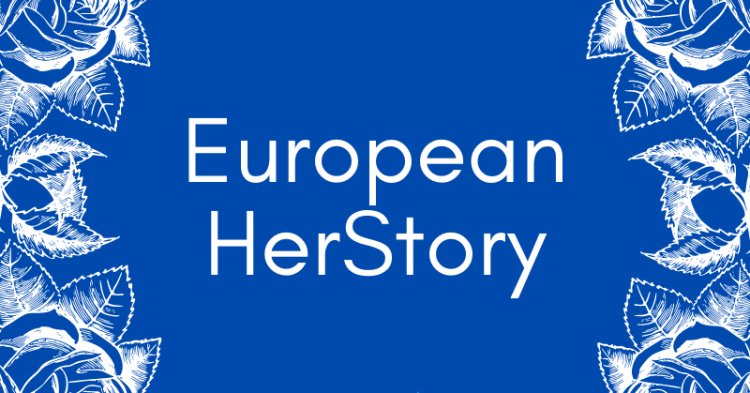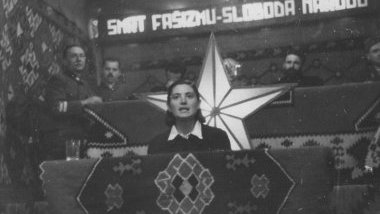Yet history as we know it is not merely a question of fact but of interpretation; how history is taught and presented in European schools and more widely in society is also shaped by the socially constructed understandings of the world as it was at the time and as we know it today. Recent events following the murder of George Floyd in the US have shown that Western European countries have not come to terms with the horrors of colonialization they committed, frequently preferring a rose-tinted vision of national greatness and power to the reality of criminal and often murderous exploitation of ethnic groups they considered inferior to their own. As statues of slave traders at last begin to topple, there is hope for a more honest understanding of colonial history.
Yet just as reluctance to truly understand colonialism is linked to persisting beliefs in the superiority of some nations and groups over others, a failure to fully acknowledge women’s role in history is propelled by the lasting patriarchal structures in 21st century Europe. In an age where we still subconsciously expect leadership, science, technology and management to be male, it is easier to identify and remember iconic male figures from history, because they fit better with our preconceived vision of achievement and innovation. Accordingly, the feminine history of our continent is often underplayed. Equally iconic to their male counterparts, female trailblazers are more commonly forgotten, with incredible deeds and amazing works left in the dark.
The New Federalist’s Editorial Team is proudly feminist. In organizing this feature, we wanted to celebrate women and their many achievements and contributions to European History. In doing so, we acknowledge (and seek to remedy) the lack of presence of women in our collective prism of history, and also highlight the barriers our chosen women faced in making their voices heard. This is essential, because many of the barriers still exist in some form today, whether it be prejudice, stereotypes, underrepresentation, sexualised abuse or violence. We thus decided to name the feature European HerStory, because a true understanding of history, crucial to progress towards gender equality in today’s society, involves learning about the struggles of women too – hearing not just about history, but HerStory.
The idea for the feature came from Rafael Silva, one of our social media managers. Rafael organised a brainstorming session in which members of the editorial team, hailing from many different corners of Europe, could propose potential figures from their countries or from others. We then conducted an anonymous survey, with each team member casting two votes to select the women who would be a part of our feature. The result was a vast array of women from different fields of expertise, ethnic backgrounds, nationalities, sexual orientations, and centuries; some of them fought for the right for women to participate in politics; others are shaping politics in Europe today. All of us have learned a great deal about iconic figures from history in the process; and we hope to share something meaningful with you, our readers, too.
Nonetheless, The New Federalist recognizes that we cannot know everything about these figures. Some of the women chosen for this feature might have expressed views or undertaken actions that did not surface in our research on their lives and professions. Knowing, therefore, that all these figures have their own Zeitgeist, we at The New Federalist endorse only what we have been able to find out about them for the purposes of this feature.








Follow the comments: |
|
